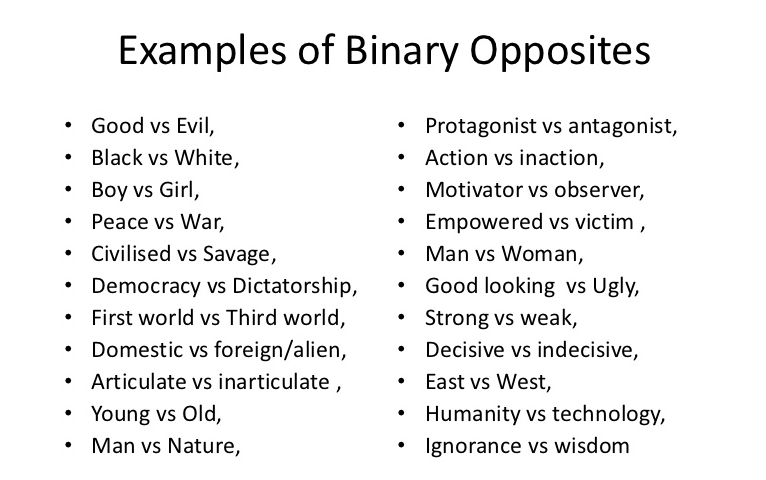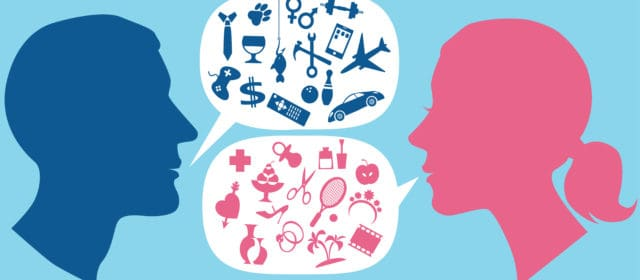FEMININITY:
Femininity is the set of attributes, behaviours, and roles commonly associated with women and girls. Femininity can be understood as socially constructed and there is also evidence that certain behaviours considered feminine are influenced by both cultural and biological factors. The extent to which biological and social femininity is influenced by femininity remains controversial. It is conceptually distinct from biological sex and female femininity, as all humans can exhibit feminine and masculine characteristics, regardless of gender and gender. Traditionally considered feminine traits include grace, gentleness, and empathy, modesty, and sensitivity, although the traits associated with femininity vary between societies and individuals and are influenced by different cultural and social factors.



MASCULINITY:
Masculinity is the set of attributes, behaviours and roles associated with men and boys. Masculinity can theoretically be understood as socially constructed, and there is also evidence that some behaviours considered masculine are influenced by both cultural and biological factors.
The extent to to which masculinity is biologically or socially influenced remains controversial. It differs from the definition of biological male because anyone can display masculine characteristics. Standards of masculinity or masculinity vary across cultures, subcultures, peoples, and historical periods. Traits traditionally considered masculine in Western society include strength, courage, independence, leadership, and assertiveness. As women’s participation in the workforce increases, some men feel less comfortable with their masculinity because it becomes increasingly difficult for them to reaffirm their status as breadwinners.



BINARY OPPOSITION: Is the system of language and/or thought by which two theoretical opposites are strictly defined and set off against one another. It is the contrast between two mutually exclusive terms, such as on and off, up and down, left and right.

common stereotypes of women:
Women are expected to be slender and graceful, while men are expected to be tall and muscular. Both men and women are expected to dress and groom themselves according to their gender (men wear pants and short hairstyles).
Personality traits — For example, women are often expected to be accommodating and emotional.
Domestic behaviours — For example, some people expect that women will take care of the children, cook, and clean the home.
Some people are quick to assume that teachers and nurses are women.
Common stereotyped of men:
Men are expected to be tall and muscular. Both men and women are expected to dress and groom themselves according to their gender (women wear dresses and make-up).
Personality traits — For example, men are usually expected to be self-confident and aggressive. Men on television are less likely to show emotions compared to the female characters, including empathy.
Domestic behaviours — For example, men take care of finances, work on the car, and do the home repairs.
Occupations — Some people are quick to assume that pilots, doctors, and engineers are men.
MOODBOARD

FEMININITY MOODBOARD

MASCULINITY MOOD BOARD

